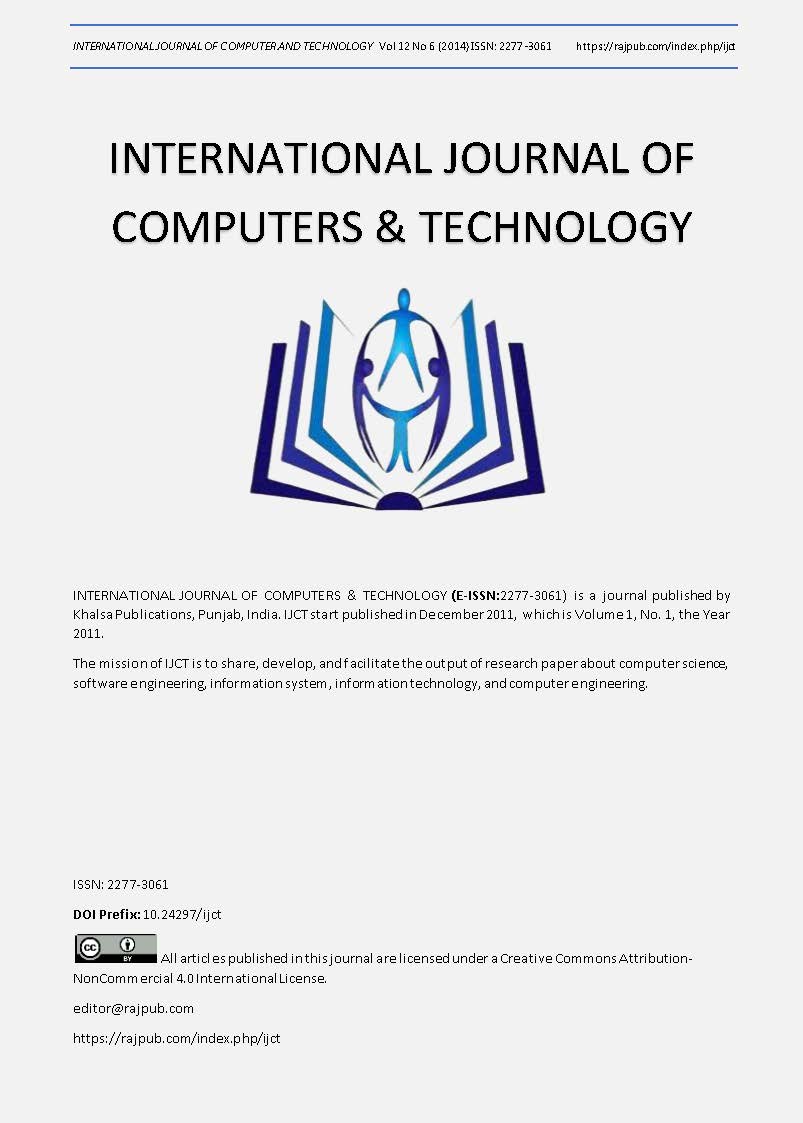RTC-GWLAN: A Real Time Characterization of Generic IEEE 802.11 for High Density Services
DOI:
https://doi.org/10.24297/ijct.v12i6.3145Keywords:
Quality of Service (QoS), ARM, Key Performance Indicators (KPI), CHDN, WLANAbstract
This research investigates and analysed generic Wireless Local Area Networks (IEEE 802.11a/b/g) in the context of their Quality of Service (QoS) in high density networks using some generic Key Performance Indicators (KPI) such as throughput (Bytes/Sec), Received Signal Strength Indicator (RSSI), and latency response (secs). The study focused on University of Nigeria Nsukka (UNN) which houses several hostels and faculties. Using Applied Research Methodology (ARM), this work characterized a real life generic hotspot testbed (UNN) for Received Signal Strength (RSS), mobile node distance, latency and throughput using Tranzio-Wavion Minipop Infrastructure in UNN as the network testbed. In this study, after sampling the selected KPIs, data were collected via our testbed measurements from the test nodes, Network Switching system/Network Operating Centres (NOCs) and their values were evaluated for an assessment study. The KPI results obtained showed that the traditional generic WLAN will scarcely scale in high density traffic environment in terms of scalability, speed performance (network convergence), cost, and other selected KPIs. This will lead to a proposal on a conceptual framework for Cognitive High Density Hotspot (CHDN) in our future work, which will address the limitations of generic WLANs for enterprise computing.









